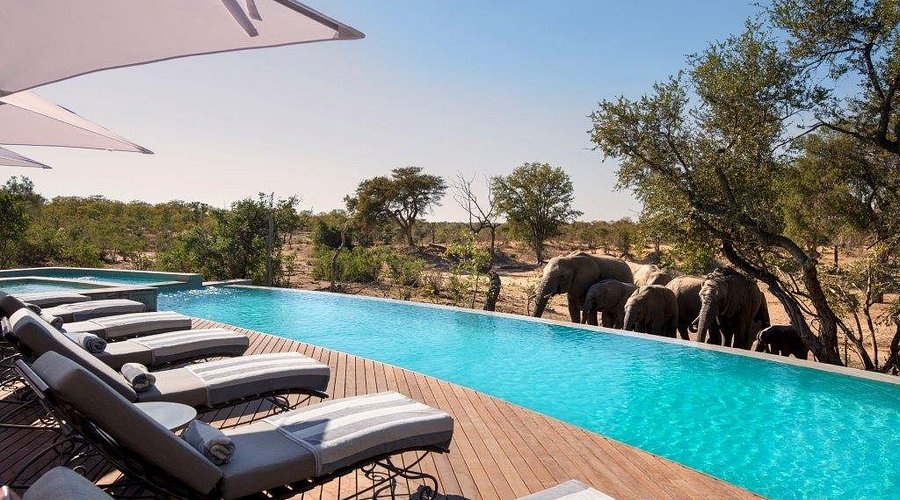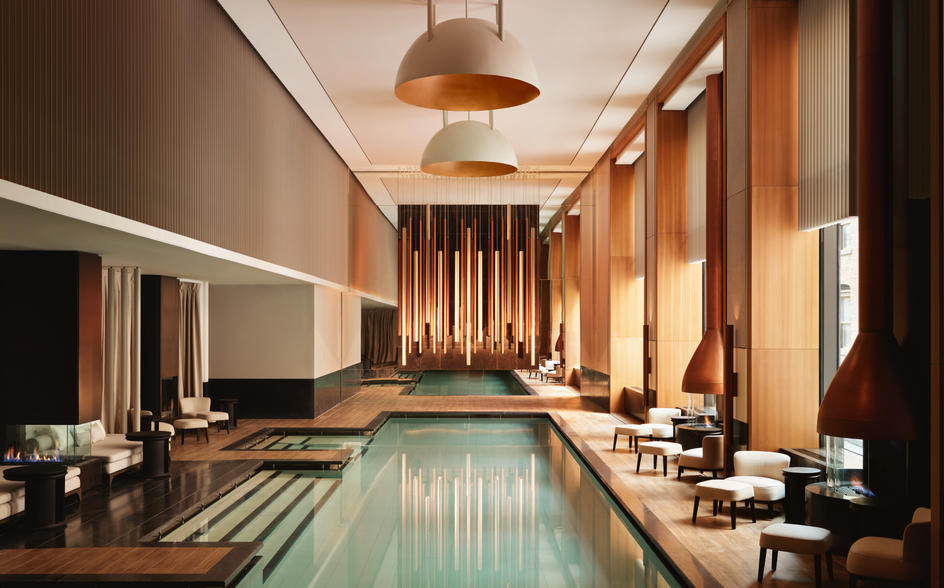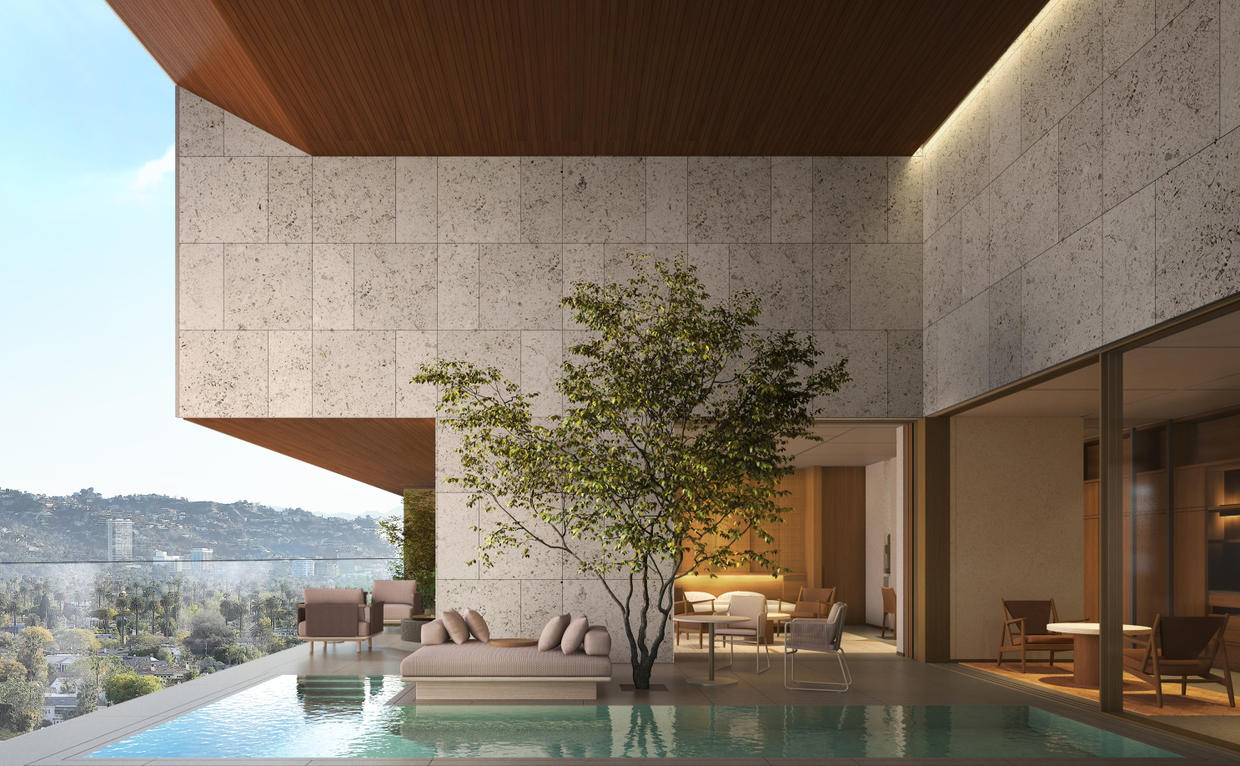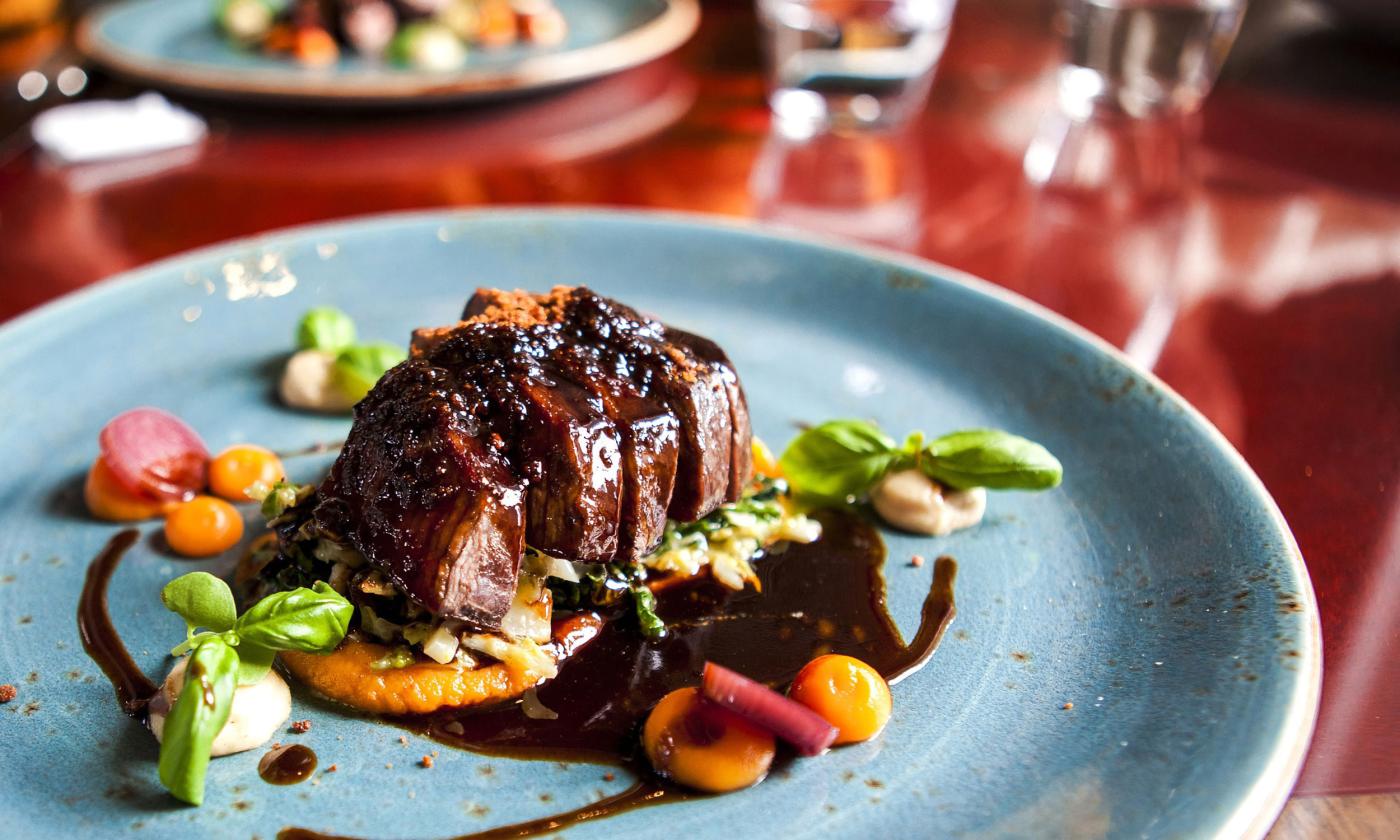Measuring the Tangible and Intangible Effects of Modern Spa Experiences
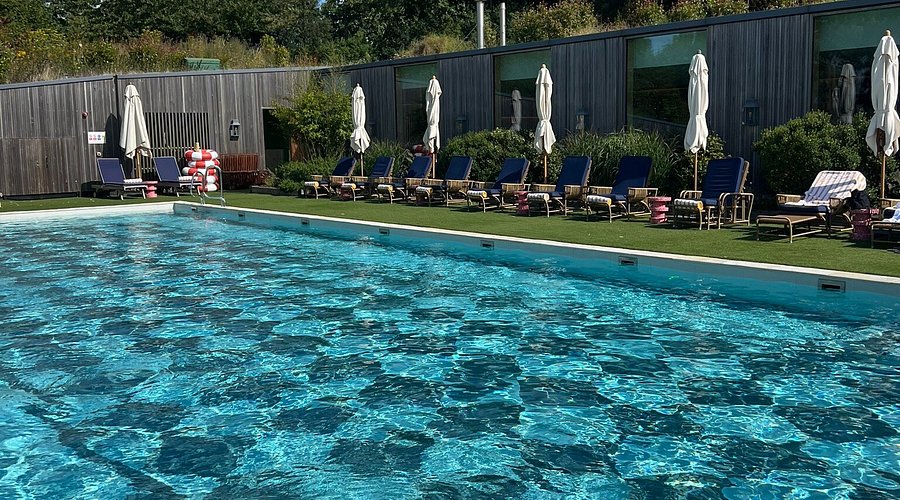
Feature · The World’s 100 Best
Modern spas have evolved from indulgence to intervention. In 2025, award-winning hotels are engineering measurable outcomes—from sleep and stress to mood, memory, and meaning— without losing ritual, beauty, or cultural nuance. This report defines how to measure both the tangible and intangible effects of the spa experience—and how those signals translate into guest loyalty and brand value.
1) What Counts as “Effect”
Autonomic balance, endocrine stress markers, sleep architecture, pain & mobility, skin barrier.
Mood, perceived stress, anxiety, awe, mindfulness, body image, presence.
Rebooking, retail attach, RevPATH, stay length, complaint rate, social sentiment.
2) A Three-Layer Measurement Framework
- Baseline → Immediate → 24–72h sampling windows (pre, post, and follow-up) to capture both acute and lagged effects.
- Triangulate: combine sensors/biometrics + validated psychometrics + operational data for a full picture.
- Context control: log light, noise, scent, water chemistry, therapist, and protocol to separate signal from scenery.
3) Tangible Metrics: Instruments & Targets
- Autonomic — HRV (RMSSD/SDNN), resting HR, respiration rate.
- Endocrine — salivary cortisol AM/PM or AUC; (optional) DHEA-S trend.
- Sleep — total sleep time, sleep efficiency, latency, WASO, deep % (wearables).
- Pain & Mobility — pressure-pain threshold (algometer), VAS pain, range-of-motion (goniometer).
- Skin Barrier — TEWL (transepidermal water loss), corneometry (hydration), micro-circulation (LDF).
- Environment — dBA (sound), lux & CCT (light), pool pH/minerals, room temp/humidity.
*Illustrative targets for program design, not clinical claims; track your own baselines.
4) Intangible Metrics: Validated Scales & Signals
Mood & Stress
PANAS, POMS-SF, WHO-5, PSS-10, STAI-S (state anxiety).
Presence & Mindfulness
MAAS / FFMQ short forms; device-free minutes during treatment.
Awe & Meaning
AWE-S; “time perception drift” (shortened felt duration = absorption).
Body Image & Self-Compassion
SCS-SF; body satisfaction VAS; comfort in stillness index.
Memory & Narrative
7- and 30-day recall vividness; language valence in open-text feedback.
Social Signal
Share-of-voice & sentiment (earned media, UGC) post-treatment.
5) Protocol Design: How to Get Clean Data
- Sampling: 15–30 min pre, <10 min post, +24h/+72h check-ins; avoid caffeine/alcohol 4–6h pre.
- Comparators: A/B routines (e.g., massage + hydro vs. massage only) or crossover by the same guest.
- Expectation control: neutral language; do not prime outcomes in consent copy.
- Standardize ambience: light 2700–3000K, 50–60 dBA, scent intensity scale 1–5 logged.
- Equity & inclusion: consider hair/skin-tone bias in sensors, cultural norms in touch and undress.
6) Business & Operational Impact
Revenue per available treatment hour; balance yield vs. ritual pacing.
Therapist utilization & cancellation/no-show rate.
Retail attach %, rebooking within 30 days, membership conversion.
Impact on ADR, LOS, F&B spend; complaint rate (SFI) reduction.
7) The Spa Impact Index (SII)
A weighted score combining physiology (40%), psychology (35%), and behavior/business (25%). Calibrate weights to brand goals.
- Physiology: HRV, sleep, pain/ROM, TEWL (z-scored vs. baseline).
- Psychology: PSS-10 ↓, WHO-5 ↑, Awe ↑, Presence ↑.
- Behavior: rebook %, attach %, complaint rate ↓, LOS/ADR delta.
“If it matters, measure it—quietly. Data should protect the spell, not break it.”
8) Implementation Blueprint
Instrumentation
Wearables (HRV/sleep), TEWL/corneometer, algometer, lux meter, sound dosimeter; tablet forms for scales.
Data Hygiene
Unique IDs, consent, edge capture offline, anonymize, daily QC of outliers.
Dashboards
Rolling baseline vs. cohort; weekly SII; therapist & protocol views; exception alerts only.
Privacy & Ethics
Voluntary participation; no medical diagnostics; opt-out anytime; clear data retention limits.
9) Field Snapshots (Anonymous, Composite)
Urban Icon
Breathwork + thermal cycle yielded +22% HRV, −18% PSS-10; rebook +14% MoM; retail attach +9 pp.
Coastal Retreat
Evening hydro + magnesium bodywork improved sleep efficiency +4.1 pp; LOS +0.3 nights among spa users.
Desert Sanctuary
Sound bath + NA digestif ritual boosted Awe scores +28%; complaint rate fell 31% in 8 weeks.
10) Pitfalls & Anti-Metrics
- Vanity metrics: likes ≠ wellbeing. Prioritize validated scales and physiology.
- Survey fatigue: keep scales short; rotate items; reward completion with ritual, not discounts.
- Correlation ≠ causation: log confounders (sleep debt, caffeine, menstruation, illness).
- Expectation effects: neutral copy; avoid “miracle” language.
11) The Frontier: Neuroaesthetics, Chronotypes, Personalization
The next edge is subtle: matching light, sound, scent, and protocol to a guest’s chronotype and cultural comfort; building rituals that lengthen attention and soften time. When measurement protects wonder—and proves it—spas become not just amenities, but engines of renewal for guests and brands alike.


